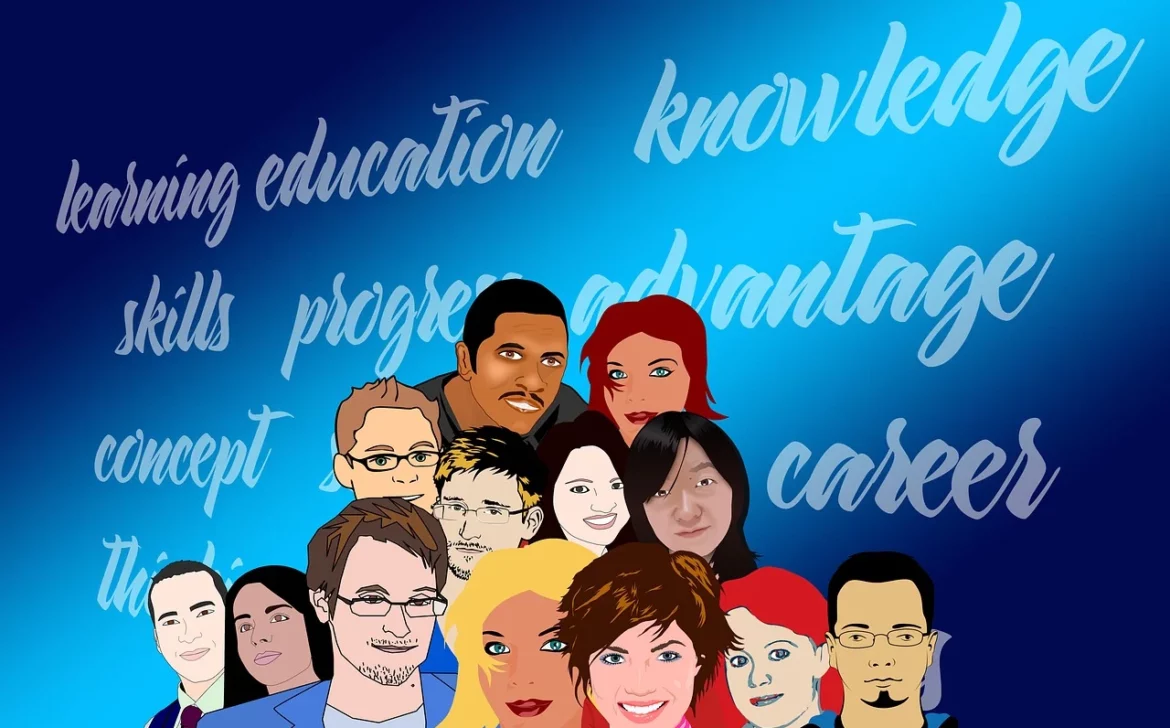Tech Tips for Beginners: Navigating the Digital World with Confidence

Introduction:
In today’s digital age, technology plays a vital role in our daily lives. Whether it’s using smartphones, computers, or navigating the internet, having a basic understanding of technology is essential. If you’re a beginner looking to enhance your tech skills and navigate the digital world with confidence, this blog post is for you. We’ll provide some valuable tech tips and guidance to help you get started on your tech journey.
- Embrace Lifelong Learning:
Technology is constantly evolving, so it’s crucial to adopt a mindset of lifelong learning. Stay curious and open to new technologies, software updates, and emerging trends. Follow tech blogs, watch tutorial videos, and participate in online courses to stay updated and build your knowledge.
- Start with the Basics:
If you’re new to technology, start by familiarizing yourself with the basics. Learn how to operate a computer, navigate different operating systems (e.g., Windows, macOS, Linux), and understand essential hardware components. Knowing the basics will provide a solid foundation for your tech journey.
- Internet Safety and Security:
As you explore the online world, prioritize your safety and security. Protect your personal information by using strong and unique passwords, enabling two-factor authentication, and being cautious of phishing attempts. Install reliable antivirus software and keep it updated to safeguard against malware and other threats.
- Backup Your Data:
Data loss can be devastating, so make it a habit to regularly back up your important files and documents. Utilize cloud storage services like Google Drive, Dropbox, or iCloud, or invest in external hard drives for physical backups. This ensures that your data remains safe even if your device malfunctions or gets lost.
- Stay Organized:
Maintain a well-organized digital life by creating folders and properly categorizing your files. Develop a naming convention for your documents and regularly clean up your desktop and download folders. This will save you time and make it easier to locate files when you need them.
- Explore Productivity Tools:
There are countless productivity tools available that can enhance your efficiency and organization. Explore applications like Microsoft Office or Google Workspace for document creation, spreadsheets, and presentations. Consider task management tools like Trello or Asana to stay organized and prioritize your work.
- Practice Digital Etiquette:
When communicating online, it’s important to practice good digital etiquette. Be respectful in your interactions, use appropriate language, and be mindful of sharing other people’s personal information without consent. Remember that your online presence reflects your digital reputation.
- Be Mindful of Screen Time:
While technology offers numerous benefits, it’s important to maintain a healthy balance and be mindful of your screen time. Take regular breaks, engage in physical activities, and prioritize face-to-face interactions. Use screen time management features on your devices to track and limit your usage if needed.
- Seek Support and Join Communities:
Don’t hesitate to seek support when you encounter tech-related challenges. Join online communities, forums, or social media groups where you can ask questions, share experiences, and learn from others. Engaging with like-minded individuals can provide valuable insights and support.
- Have Fun and Explore:
Above all, remember that technology is meant to be enjoyable. Explore different applications, experiment with new features, and have fun discovering what technology can offer. Embrace the opportunities it provides for creativity, entertainment, and personal growth.
Conclusion:
Embracing technology can be an exciting and rewarding journey. By following these tech tips for beginners, you’ll gain the confidence and knowledge needed to navigate the digital world with ease. Remember to stay curious, keep learning, and embrace the opportunities that technology presents. Happy exploring!














